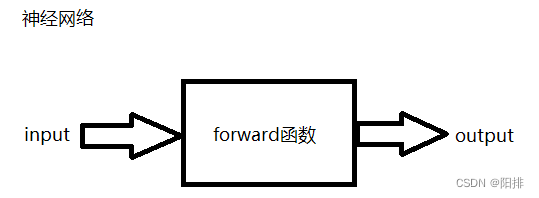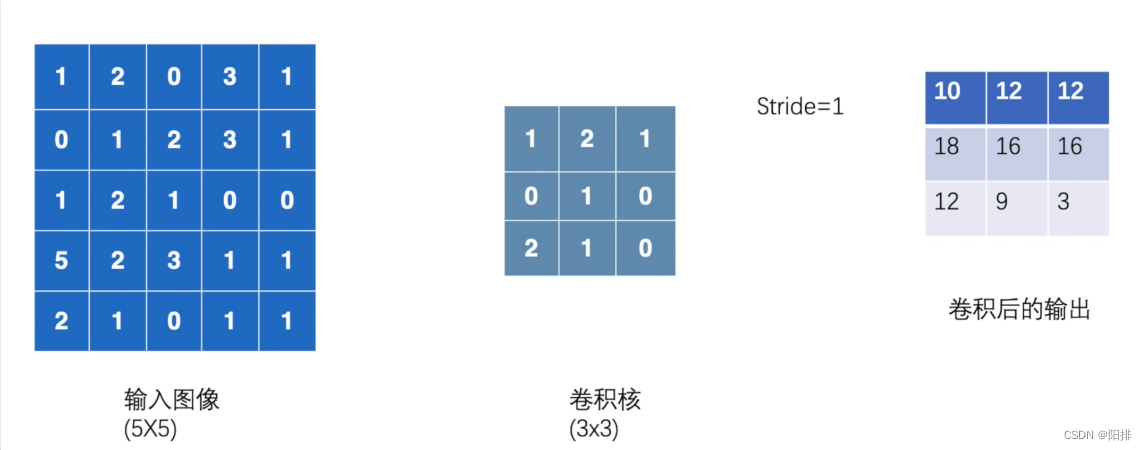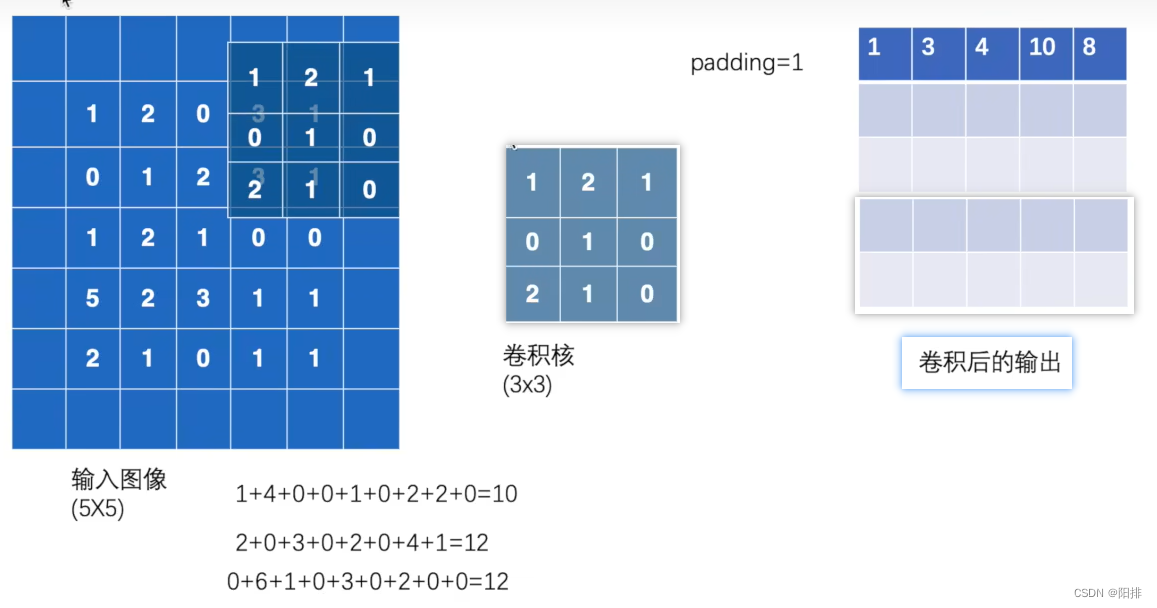pytorch(6)——神经网络基本骨架nn.module的使用
1 神经网络框架
1.1 Module类的使用
NN (Neural network): 神经网络
Containers: 容器
Convolution Layers: 卷积层
Pooling layers: 池化层
Padding Layers: 填充层
Non-linear Activations (weighted sum, nonlinearity): 非线性激活
Non-linear Activations (other): 非线性激活
Normalization Layers: 归一化层
…

Containers 包括:
(1)Module:所有神经网络的基类
https://pytorch.org/docs/stable/generated/torch.nn.Module.html#torch.nn.Module
Class torch.nn.Module(*args, **kwargs)
import torch.nn as nn
import torch.nn.functional as Fclass Model(nn.Module):def __init__(self):super().__init__()self.conv1 = nn.Conv2d(1, 20, 5)self.conv2 = nn.Conv2d(20, 20, 5)def forward(self, inputX):x = F.relu(self.conv1(inputX))return F.relu(self.conv2(inputX))
forward函数内:relu()为激活函数,conv为卷积函数。输入inputX-> 卷积-> 非线性处理(relu)-> 卷积 ->非线性(relu)。
python代码:
from torch import nn
import torchclass MyNN(nn.Module):def __init__(self):super().__init__()def forward(self, inputX):outputX = inputX + 1return outputXmynn = MyNN()
x = torch.tensor(1.0)
output = mynn(x)
print(output)
输出结果:
tensor(2.)
1.2 二维卷积计算

二维卷积 conv2d()
输入和输出的矩阵类型都需要(N, C_{in}, H_{in}, W_{in})
输入图像1024x800,卷积核3x3,每次9个元素相乘后相加,不断向右移动并计算,移动到最右侧之后;然后向下移动并计算,移动到最下侧之后,完成卷积计算。
import torch
import torch.nn.functional as Finput = torch.tensor([[1, 2, 0, 3, 1],[0, 1, 2, 3, 1],[1, 2, 1, 0, 0],[5, 2, 3, 1, 1],[2, 1, 0, 1, 1]])
kernel = torch.tensor([[1, 2, 1],[0, 1, 0],[2, 1, 0]])
input = torch.reshape(input, (1, 1, 5, 5))
kernel = torch.reshape(kernel, (1, 1, 3, 3))print("input:")
print(input)
print("kernel:")
print(kernel)output = F.conv2d(input, kernel, stride=1)
print("output:")
print(output)
输出结果:
input:
tensor([[[[1, 2, 0, 3, 1],[0, 1, 2, 3, 1],[1, 2, 1, 0, 0],[5, 2, 3, 1, 1],[2, 1, 0, 1, 1]]]])
kernel:
tensor([[[[1, 2, 1],[0, 1, 0],[2, 1, 0]]]])
output:
tensor([[[[10, 12, 12],[18, 16, 16],[13, 9, 3]]]])
如果将步进stride修改为2。
output2 = F.conv2d(input, kernel, stride=2)
print("output2:")
print(output2)
输出结果为:
output2:
tensor([[[[10, 12],[13, 3]]]])
padding填充,将原图像的四周填充一圈0,这样的话,卷积计算的结果维度就会更大。

output3 = F.conv2d(input, kernel, stride=1, padding=1)
print("output3:")
print(output3)
输出的结果:
tensor([[[[ 1, 3, 4, 10, 8],[ 5, 10, 12, 12, 6],[ 7, 18, 16, 16, 8],[11, 13, 9, 3, 4],[14, 13, 9, 7, 4]]]])
